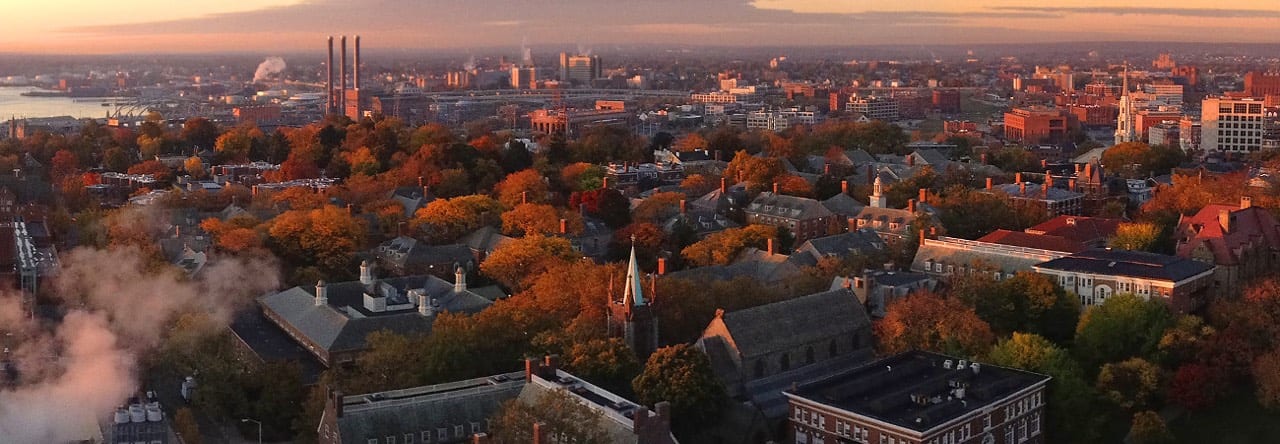This is a student contribution from Claudia Moser’s class ARCH 1764: 25 Things! 250 Years of Brown’s Material Past
The extent of my knowledge of dance at Brown is limited to invitations to Facebook events for dance shows and peripheral familiarity with members from various dance groups. Thus, I was really excited to see the dance performances at the Celebrate 250+ Performance Showcase on Friday night at Granoff.
The auditorium was full, with people standing outside on the grass watching through the floor-to-ceiling glass windows. The program for the showcase included everything from Lion Dance to Gilbert and Sullivan, with a hint of belly and tap dancing.
One group I was excited to see was imPulse Dance Company, which is a hip-hop focused company with widespread publicity for its various shows. In honor of Brown’s 250th birthday, the group performed a ‘50s-inspired hip-hop piece, mixing in Kanye West with the Grease soundtrack. I really loved the high energy throughout, present in both the dancers and the cheering audience.
Another dance group I really loved was Badmaash Dance Company, a South Asian fusion dance team. I was astonished by the complex moves and flawless synchronization of the six dancers. Their dancing was delicate, heartfelt, and smoothly choreographed.
Divine Rhythm Step Team was one of my personal favorite performances. I’ve never seen this group, or step dancing in general, so I came in not knowing what to expect. Their stomps, claps, and slaps instantly captivated me. With no music in the background and their steps echoing around the auditorium, Divine Rhythm ensured the focus was on them. It was a small team, but they were all incredibly coordinated and in sync. I loved this unique and entrancing performance and am glad to have had the chance to see them perform before I graduated.
With less than three months left at Brown, I’m trying to immerse myself in the parts of Brown I’ve unintentionally shunned in my three and a half years here: football games, trips to Federal Hill, documentary showings, dance performances. I’m glad to have had the chance to see what I was missing in the vibrant dance community at Brown, and I hope to make it to more dance shows before graduation. I greatly enjoyed this showcase because it represented the amazing and diverse talents of Brown’s dancers. I am continually astounded by my talented classmates here at Brown, and I am appreciative of the 250th anniversary celebration for bringing the community together and instilling in all of us immense school spirit and Brunonia pride.





